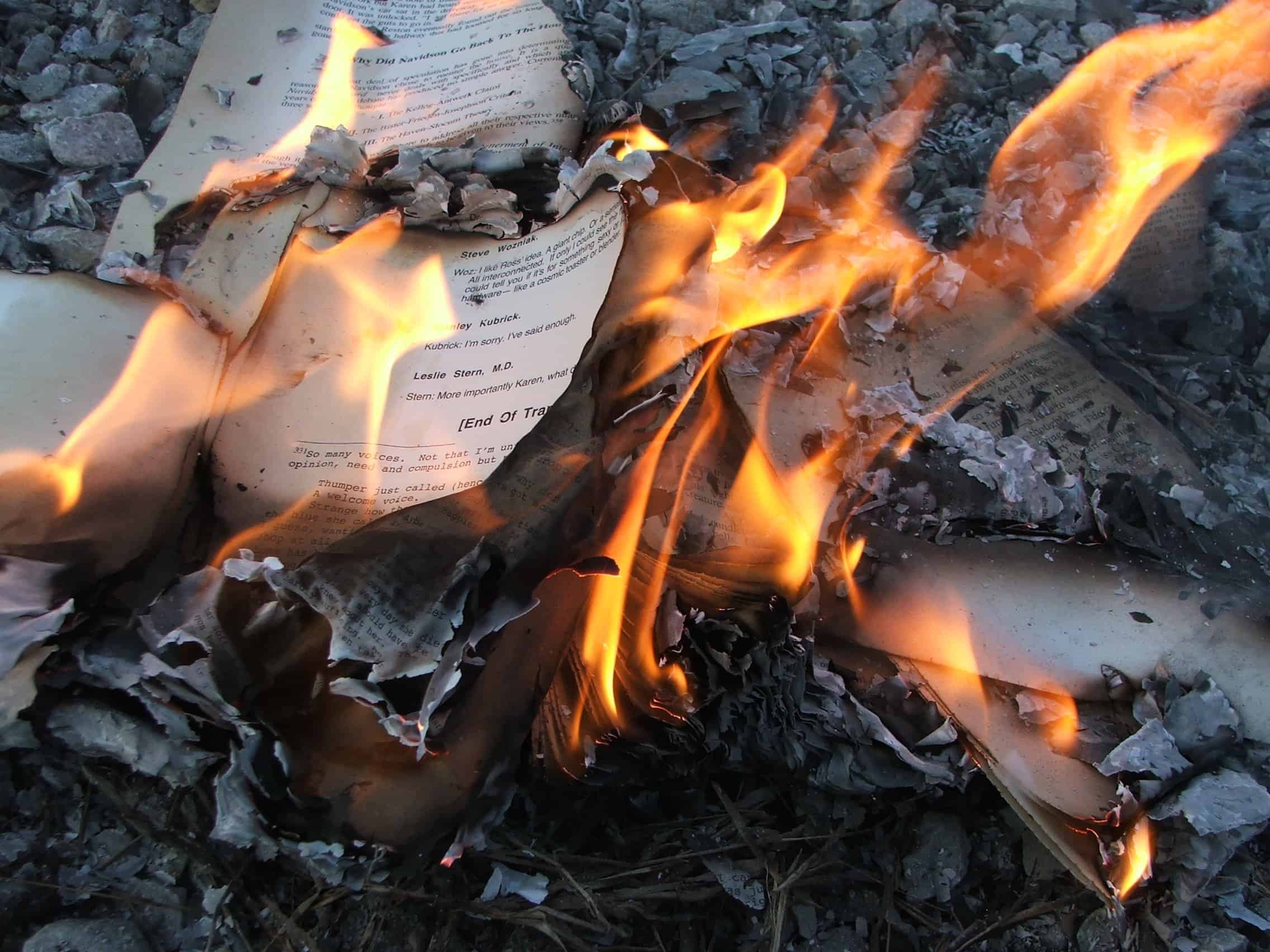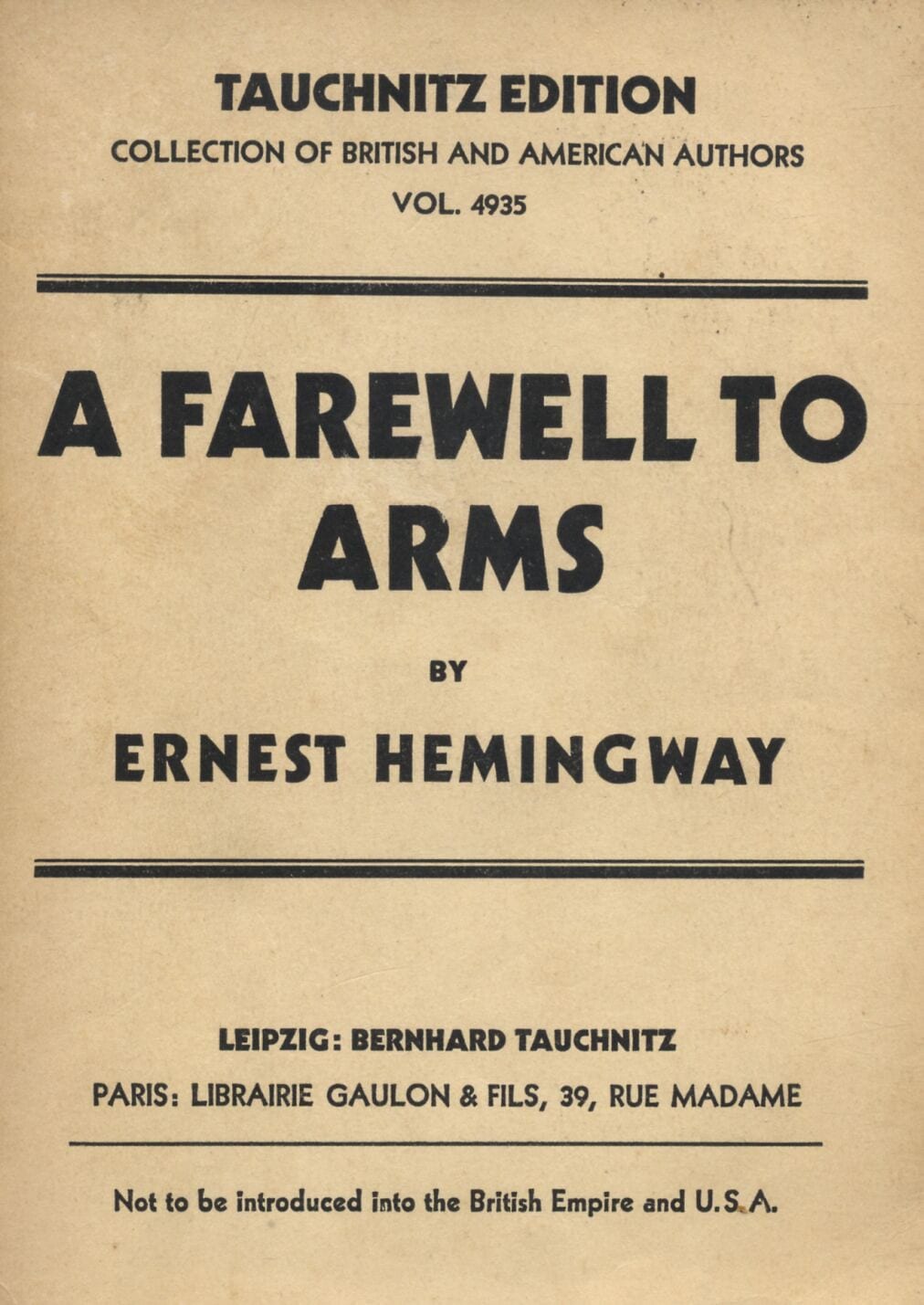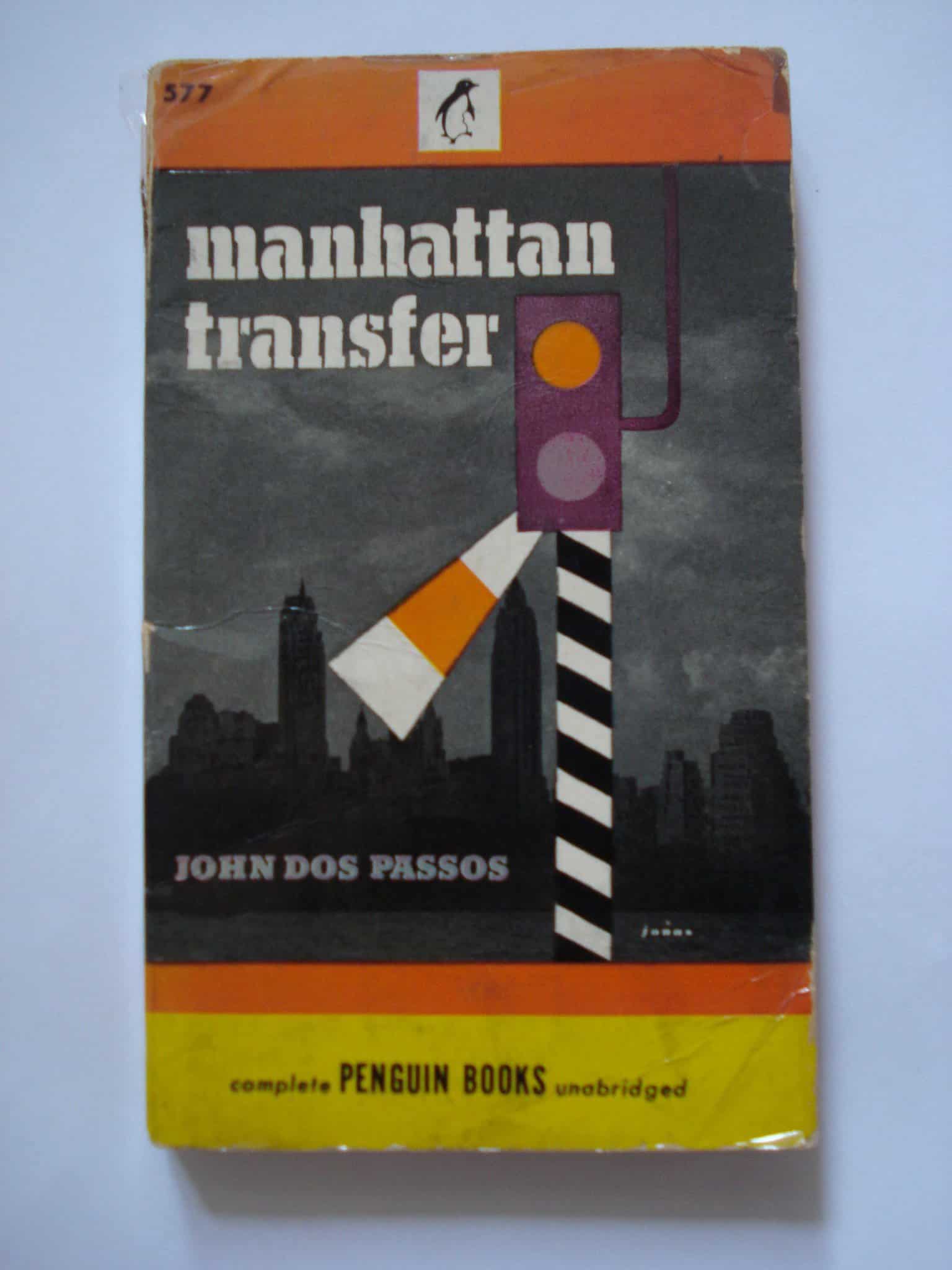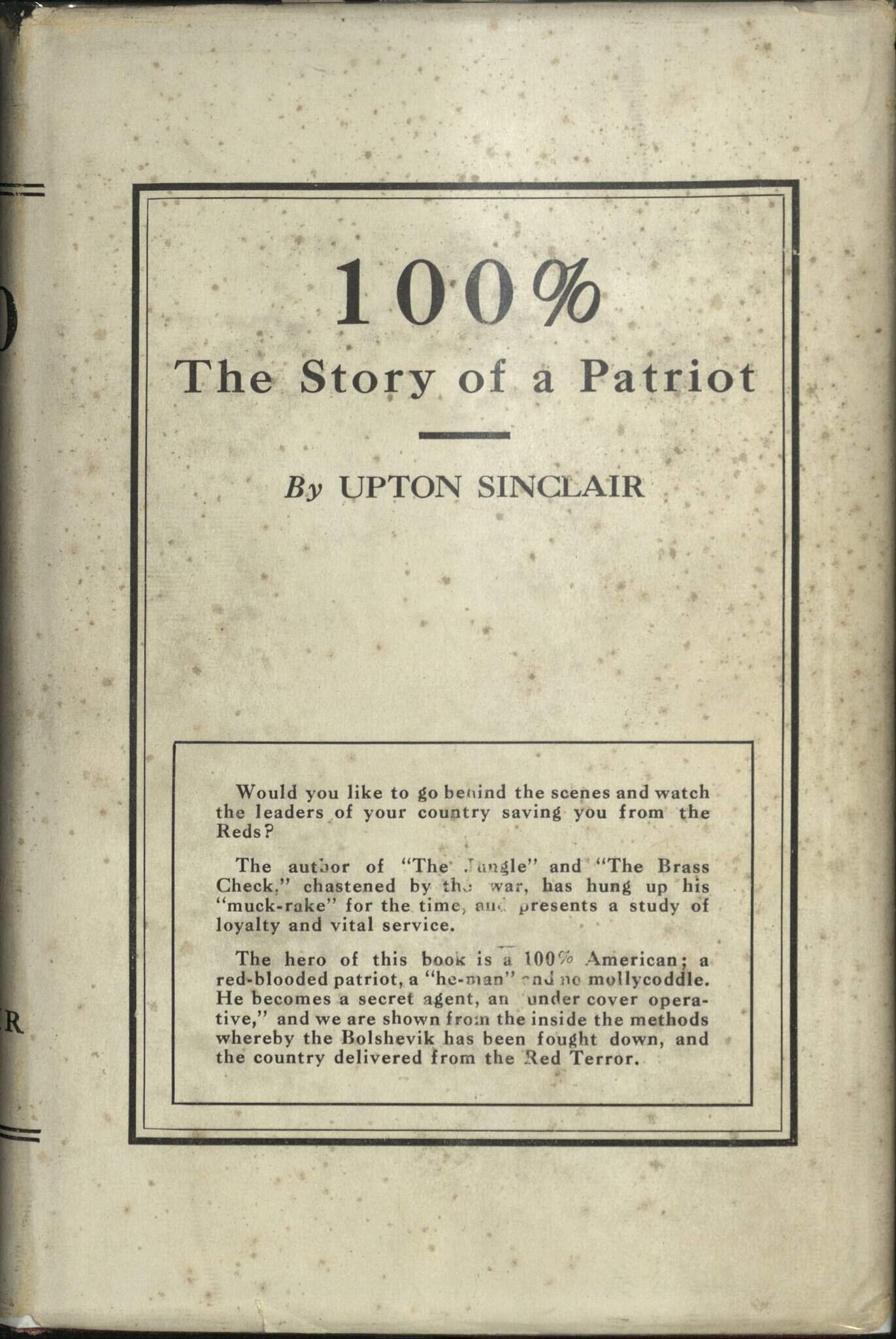Book censorship has been on the rise in the United States. There has been a marked increase in demands by conservative groups to remove from schools and public libraries any books that express tolerance for LGBTQI+ community or tackle the issue of historical racism in the United States.
During an event honoring teachers in 2023, President Joe Biden remarked, “I never thought I’d be a president who is fighting against elected officials trying to ban and banning books. Empty shelves don’t help kids learn very much. And I’ve never met a parent who wants a politician dictating what their kid can learn, and what they can think, or who they can be.”
In 2022, the American Library Association (ALA)‘s Office for Intellectual Freedom reported 1,269 demands to censor library books — the highest number of attempted book bans recorded in ALA’s 20 year history. According to Pen America, in the first half of the 2022-23 school year, there were 1,477 instances of individual books banned. (These are the 25 most banned books in America.)
This is not the first time book censorship has been used as a tactic by conservative groups. On May 10, 1933, fascist Nazi thugs pillaged 34 German university libraries and burned more than 25,000 books in giant bonfires as an act to purge society of works deemed un-German. In addition, books that promoted Marxism and social liberalism, as well as same-sex relationships also went up in flames.
24/7 Tempo reviewed records from the United States Holocaust Memorial Museum’s Holocaust Encyclopedia, the Brooklyn Jewish Center, the American Library Association, and other sources to identify nine American authors whose books were burned by the Nazis in 1933. We focused only on books that were collected and burned in 1933, rather than a more extensive list of books that were banned from German libraries throughout the 1930s.
Here are American authors whose books the Nazis burned.
“A Farewell to Arms” by Ernest Hemingway
“A Farewell to Arms” was partially inspired by Hemingway’s own experiences during World War I. It is written as a first-person account of an American lieutenant serving in the Italian ambulance corps during World War I. The novel’s depictions of the absurdity of war, implicit sexual content, and descriptions of Italian defeat on the battlefields went against Nazi and Italian fascist propaganda.
The novel is widely acclaimed for its gritty realism and parsimonious use of adjectives that characterize Hemingway’s self-described less-is-more “Iceberg Theory” of writing, which held that the meaning of a story should lurk beneath its surface.
Various works by Helen Keller
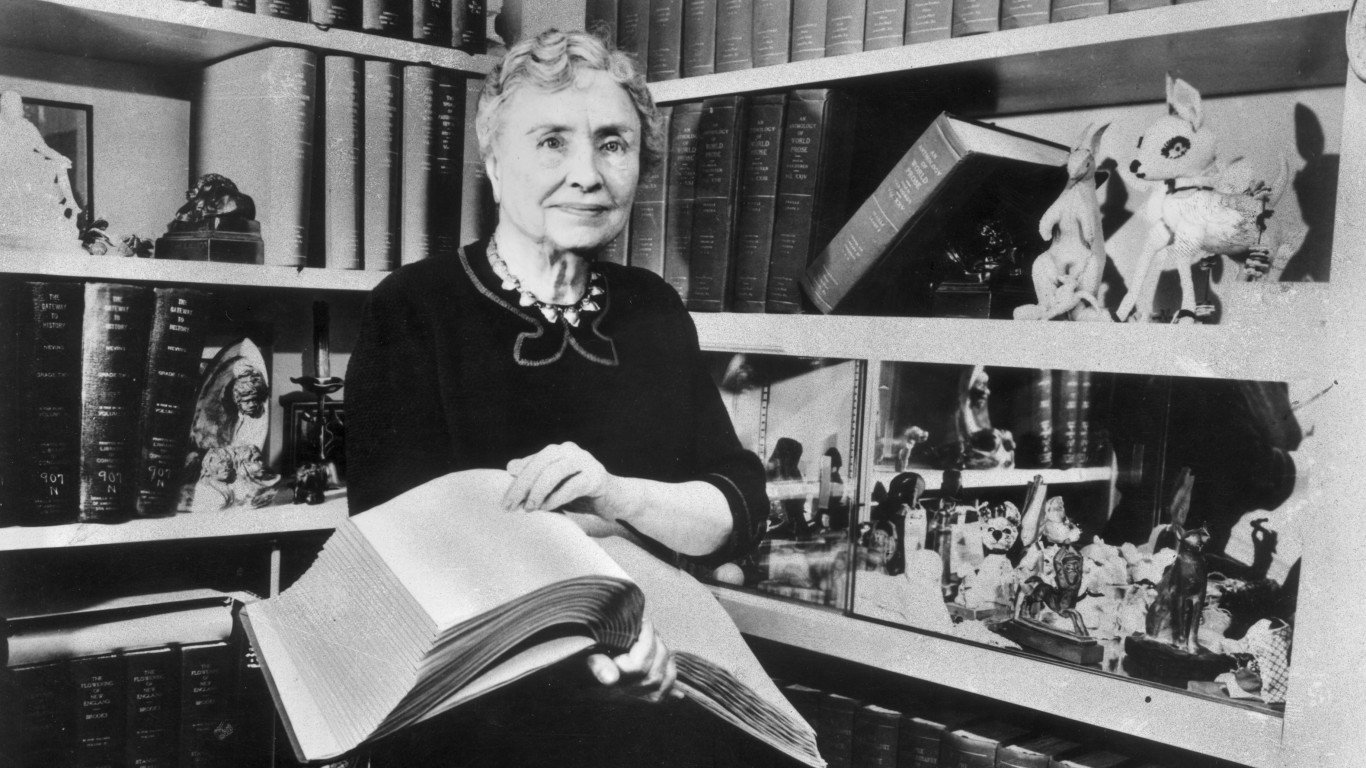
Keller’s legacy as the first deafblind person in America to earn a Bachelor of Arts degree as well as her work as an advocate for the disabled directly opposed Nazi eugenics theories. In addition, she was a prolific writer and a member of the Socialist Party. Through her writing – including an essay called “How I Became a Socialist, appearing in the New York Call, a Socialist daily, in 1912 – Keller argued for the implementation of a fairer, more equitable society. Her leftist views and anti-war sentiments further solidified her spot on the Nazi book burning list.
“The Profits of Religion: An Essay in Economic Interpretation” by Upton Sinclair
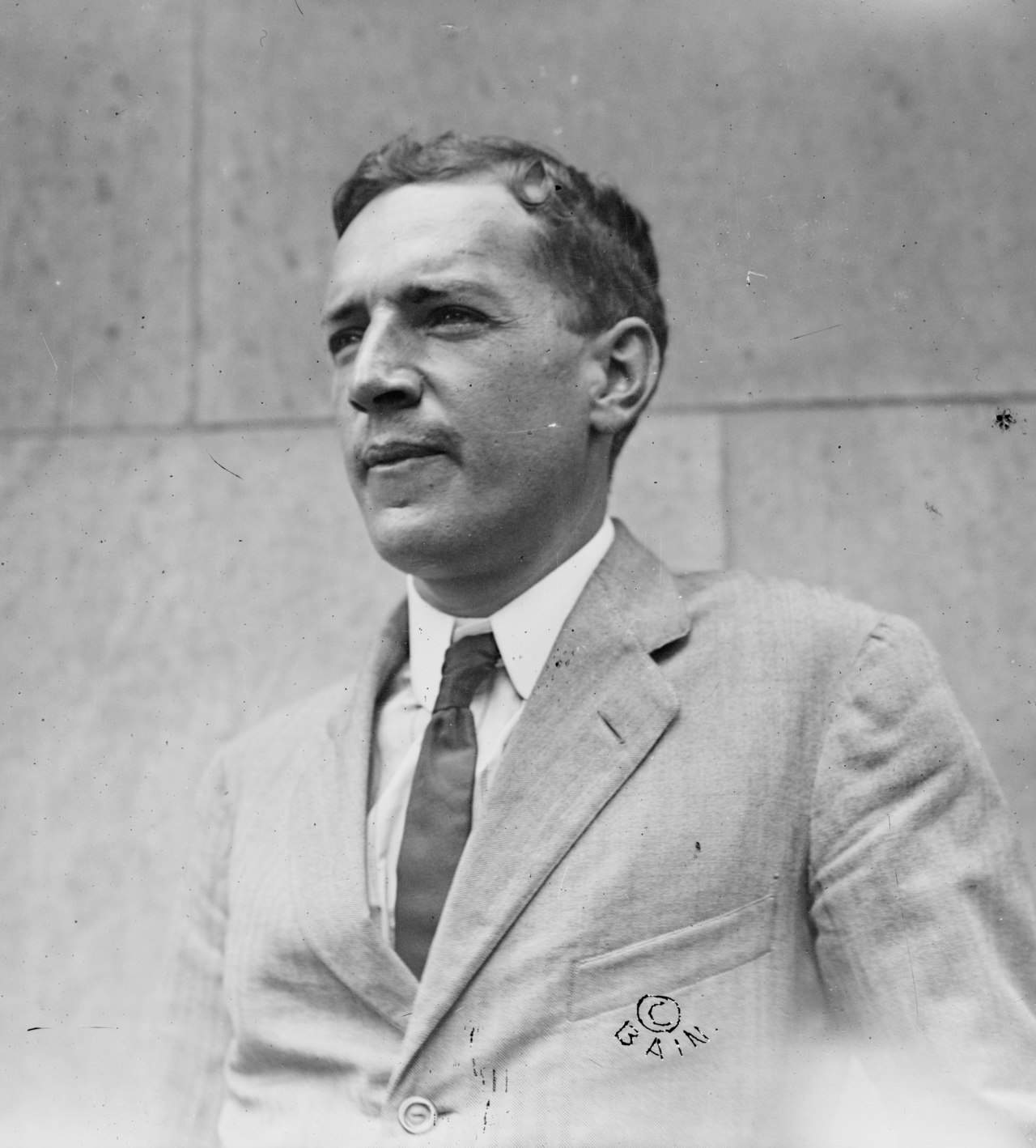
“The Profits of Religion,” a nonfiction book first published in 1917, is a harsh attack on the nation’s religious organizations. Sinclair, a leftist political activist, was disliked by the Nazi party because his works addressed class struggle and the plight of immigrant workers.
All works by John Dos Passos published before May 1933
Dos Passos is a well known author in the “lost generation” — a group of writers who established themselves in the post-World War I generation. His experiences as an Army medic during World War I led him to develop antiwar views. These bitter views of war along with Communist sympathies caused him to be a target of scrutiny to the Nazis.
“100%: The Story of a Patriot” by Upton Sinclair
“100%: The Story of a Patriot” centers around Peter Gudge, a streetwise, uneducated lower-class young man living in the U.S. during World War I. He becomes politicized during the first Red Scare of 1917-1920 and gets tangled up in industrial spying and sabotage. Sinclair was an outspoken socialist at the time, which made his work a target of Nazi book-burners.
“Oil!,” by Upton Sinclair
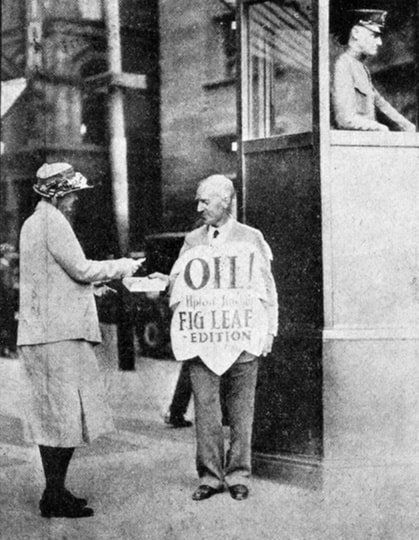
Sinclair’s 1927 novel “Oil!” takes place during California’s oil boom and centers on the relationship between a disillusioned Bunny Ross and his father, a ruthless oilman. In the story, Bunny Ross sympathizes with oil workers and socialist organizers. The pro-unionization and socialist messaging put this novel on the Nazi book burning list.
“Jimmie Higgins: A Story” by Upton Sinclair
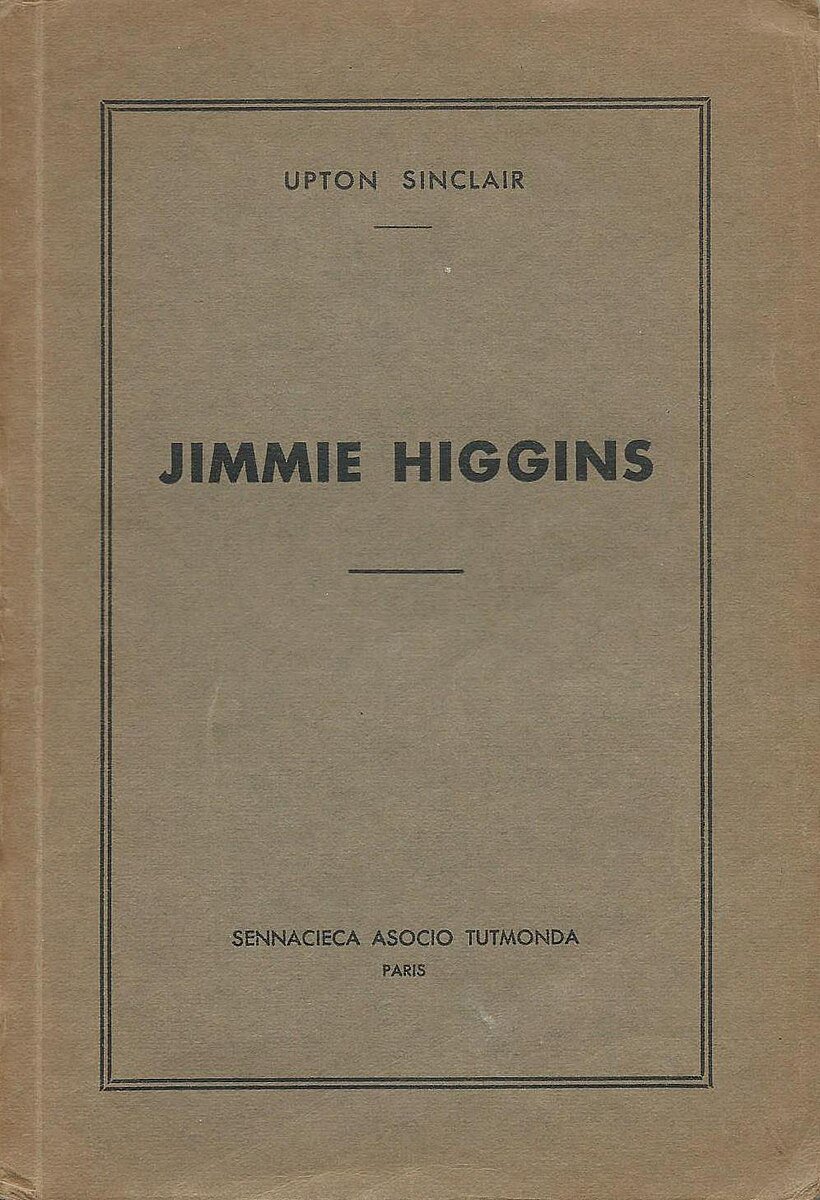
Sinclair was an avowed anti-war socialist, which made him one of the most targeted American authors by the Third Reich. “Jimmie Higgins” (1919) was Sinclair’s response to World War I and includes a message opposing German militarism. Sinclair broke with the American Socialist Party’s non-interventionist stance, supporting U.S. intervention in the Great War.
“Mammonart” by Upton Sinclair
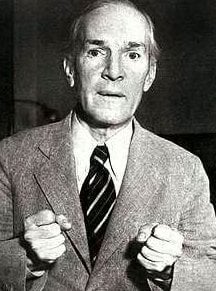
Another volume in Sinclair’s “Dead Hand” series, “Mammonart” (1925) is a work of literary criticism covering a broad swath of Western literature, from Homer to Voltaire to Oscar Wilde (with a handful of visual artists and composers added). In it, Sinclair declares that “all art is propaganda.” To Sinclair, the Bohemian creed “art for art’s sake” was ridiculous; he rejected the notion that the artist’s sole intention was perfection of form. He wrote that he expected the book would be adopted as a textbook in Russia and other nations once they had gone Socialist.
“The Iron Heel” by Jack London
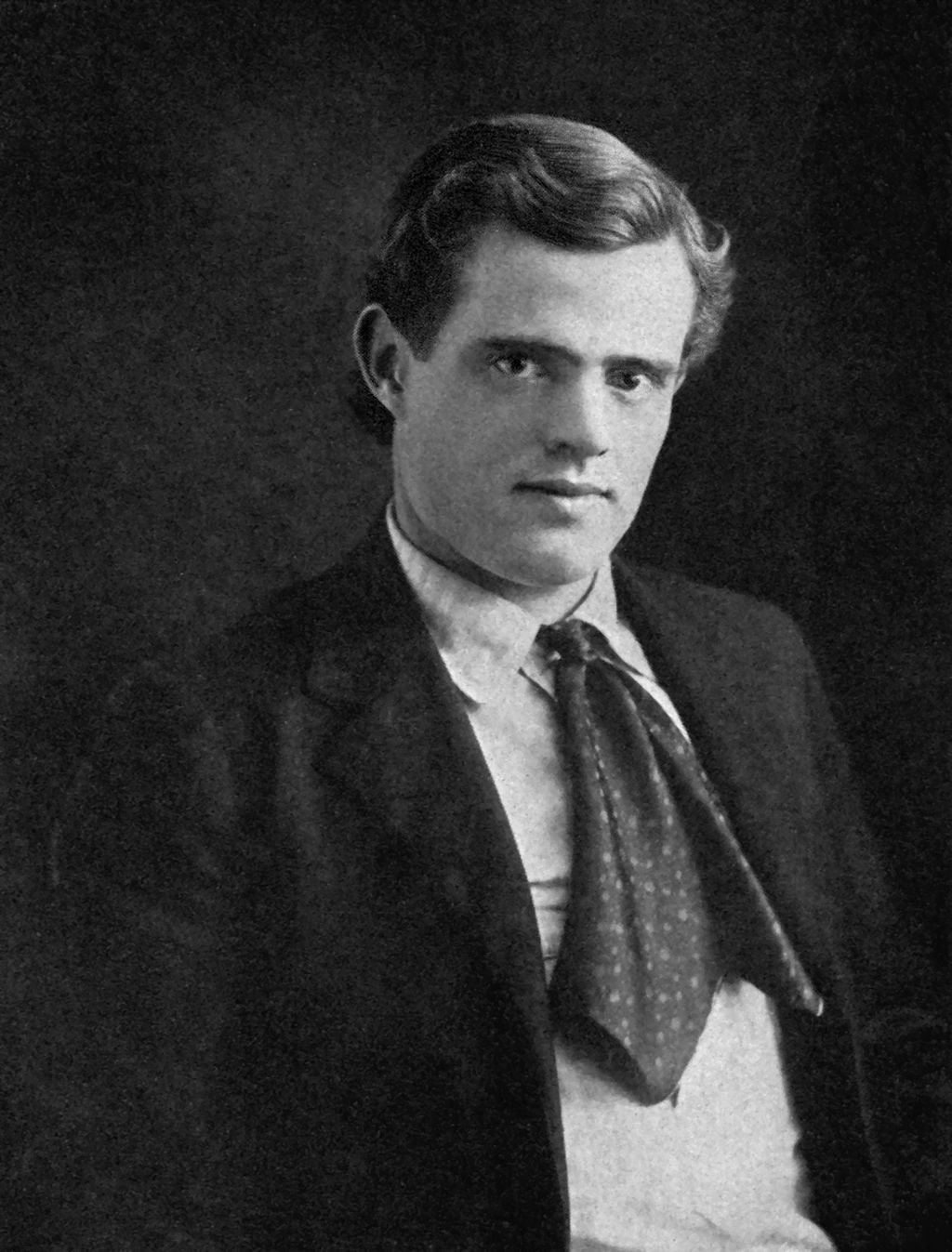
“The Iron Heel” is an early modern dystopian novel about the rise of fascism. It depicts a future United States that becomes ruled by a hardcore authoritarian Oligarchy that wrests power from the Socialist regime that had been voted into office. The dictators hold power for three centuries until a revolution overthrows them. The Nazi party detested London’s advocacy of socialism.
Various works by Walt Whitman

Not all Nazi targeted books had political undertones, they also focused on works that disagreed with Aryan values. This included Walt Whitman’s 1855 poetry collection “Leaves of Grass,” because of its references to sex, including same-sex relationships.
Various works by Margaret Sanger
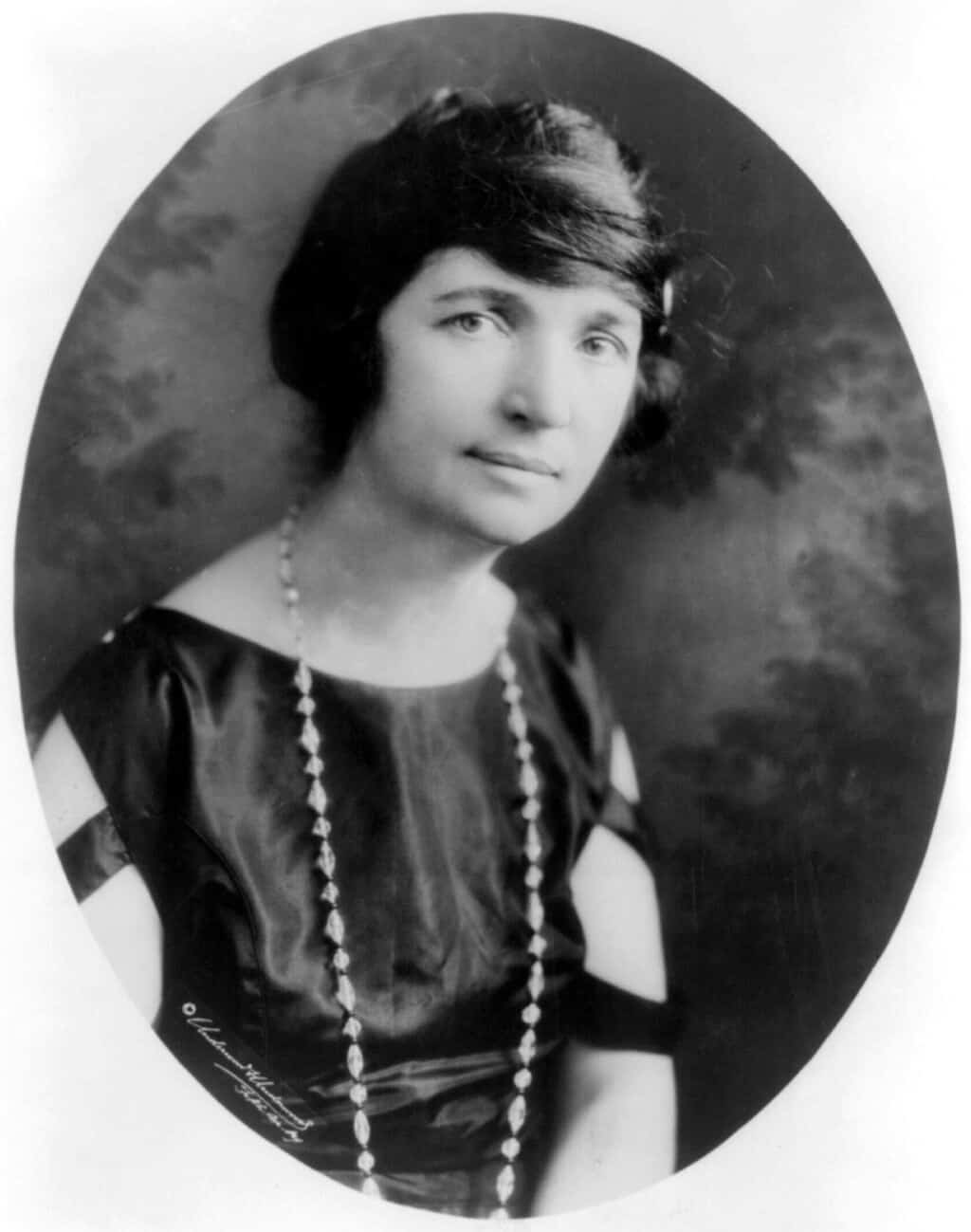
“Boston: A Documentary Novel” by Upton Sinclair
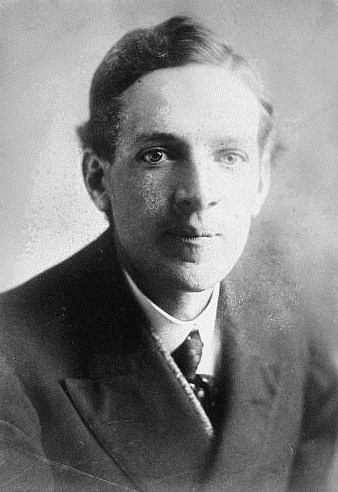
“Boston,” published in 1928, is an accurate retelling within a fictional framework of the infamous 1920’s trial of Italian anarchists Nicola Sacco and Bartolomeo Vanzetti. The men were convicted and executed based on flimsy evidence during a climate of unrest in the wake of World War I and Russia’s Bolshevik revolution. Sinclair’s portrayal of the intense paranoid xenophobia at the time did not sit well with the Nazis, and this was one of eight Sinclair books they sent to the flames in 1933.
All works by Theodore Dreiser published before May 1933
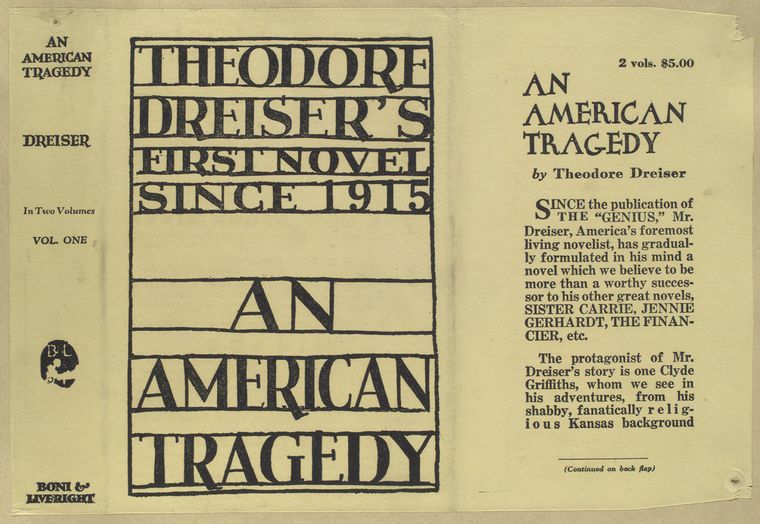
The Nazis targeted the body of work by Theodore Dreiser for his interest in socialism and communism as well as their perceived amoral content. The American Library Association says Dreiser’s “An American Tragedy” in particular was targeted by the Nazi’s book burners in 1933 because it, in the words of Nazi censors, “deals with low love affairs.”
“The Star Rover” by Jack London
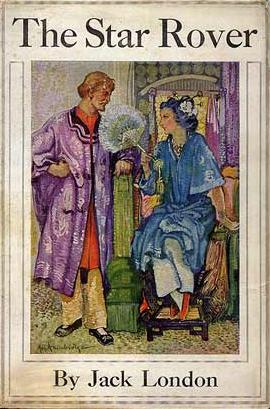
“The Brass Check” by Upton Sinclair
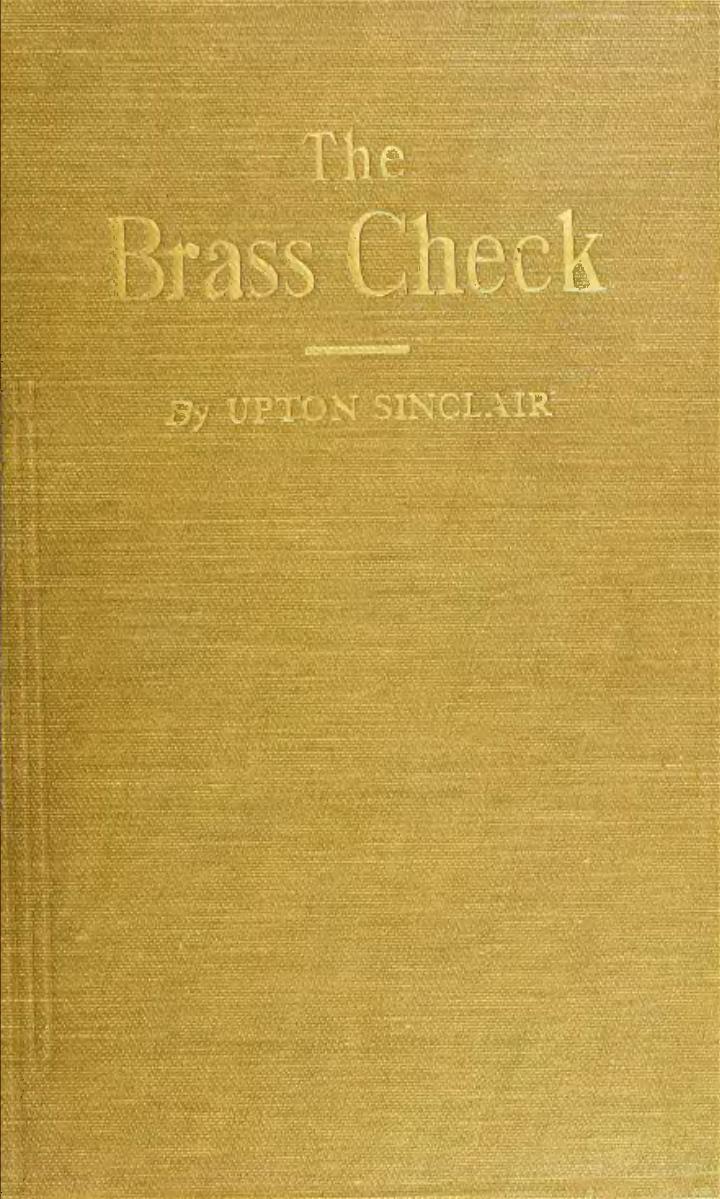
Another of Sinclair’s “Dead Hand” series of books on American institutions, “The Brass Check” is an early critique of U.S. journalism, in which Sinclair posits (an argument that that might ring familiar to people today) that the media “is a class institution serving the rich and spurning the poor.” Sinclair aimed his literary guns at William Randolph Hearst, the Rupert Murdoch of his time. The book may have been targeted due to Sinclair’s criticism of media manipulation and censorship – key tools of the Nazi regime – as well as for his overall support of socialism.
“The Jungle” by Upton Sinclair
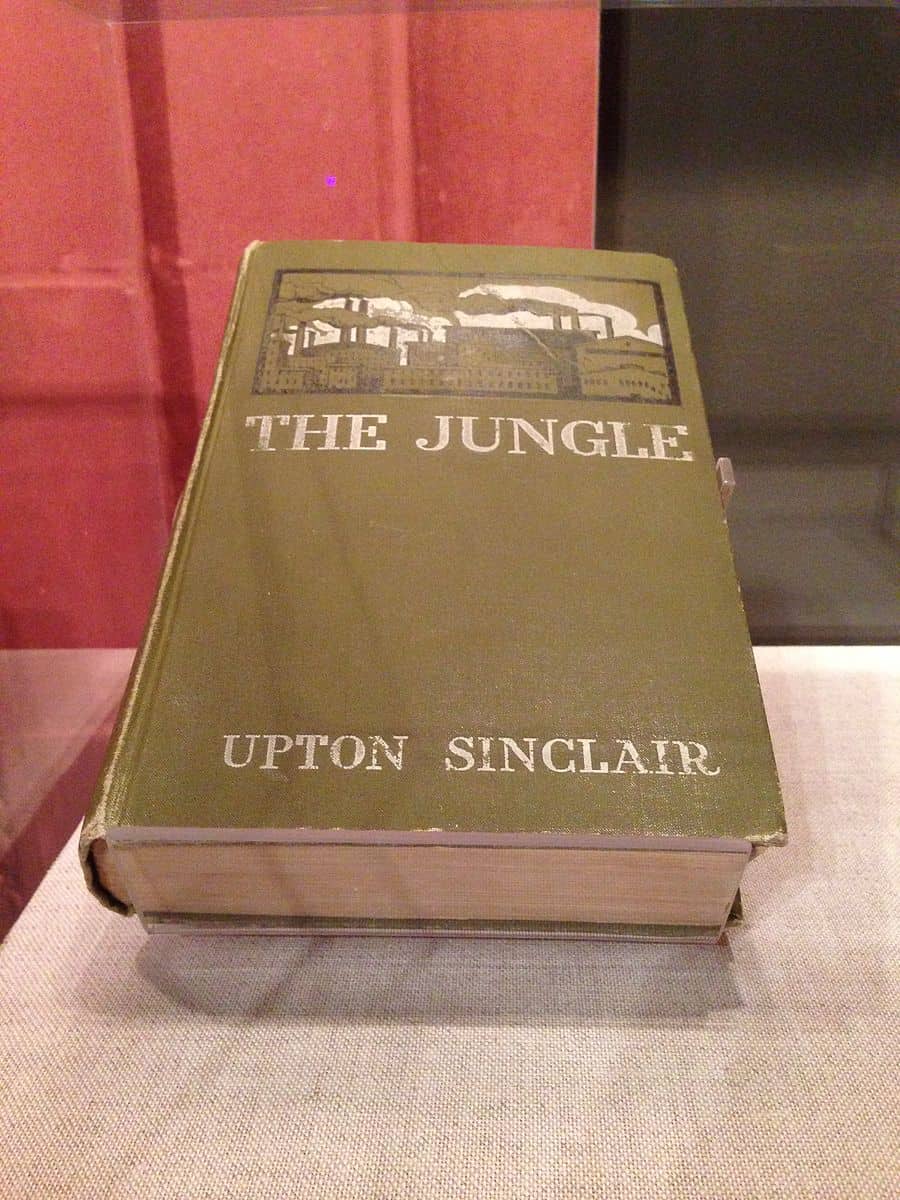
This 1906 Sinclair novel exposed shocking conditions in the U.S. meatpacking industry, spurring public outrage that contributed to the passage of the Meat Inspection Act and the Pure Food and Drug Act. The book outraged the Nazis not only because of the author’s socialist views but because “The Jungle” advocated for workers’ writes and, contrary to German anti-immigrant sentiment, sympathetically portrayed its Lithuanian and Polish immigrant characters.
Various works by Mark Twain
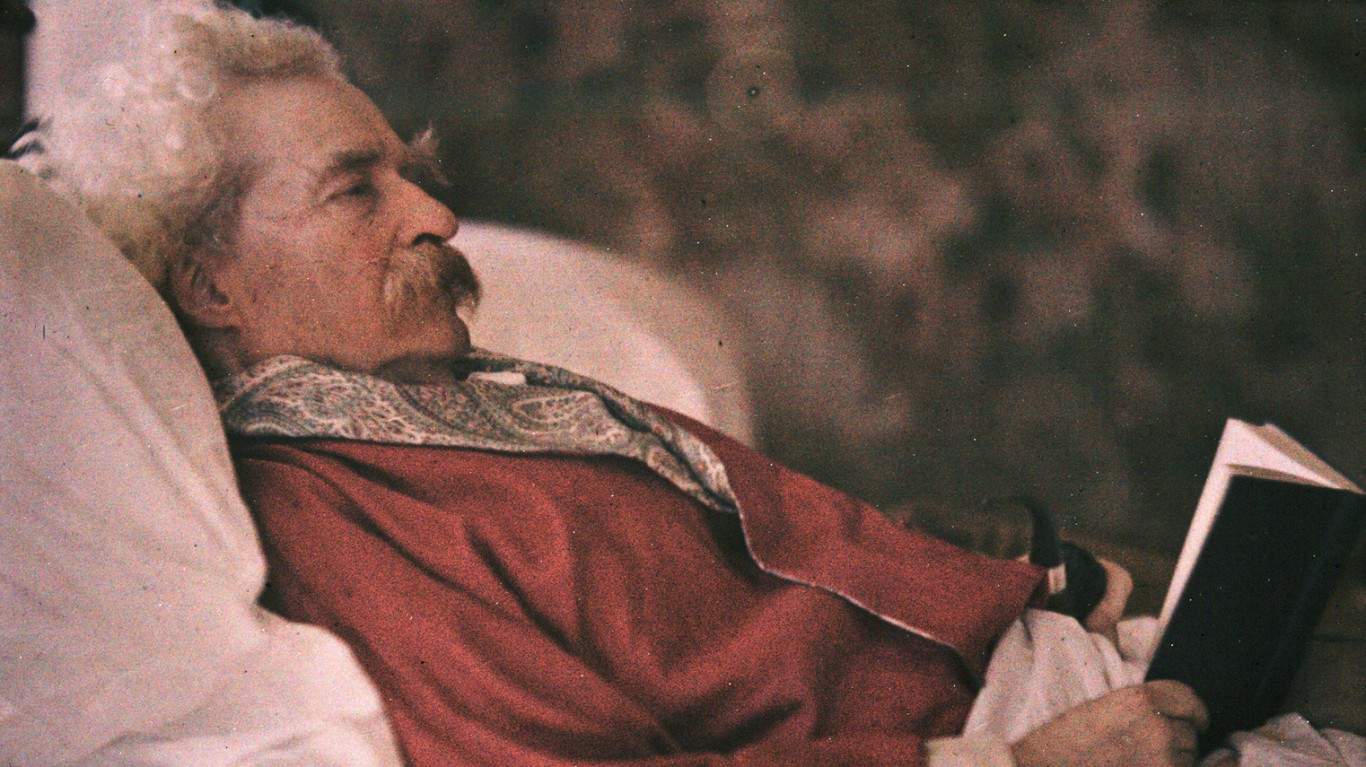
One of the most renowned American authors of the 19th century, Twain was an outspoken anti-authoritarian and war critic in essays he wrote later in life. According to the University Libraries at the University of North Carolina at Chapel Hill, the Nazis considered him thoroughly “un-German.” One essay about the Austro-Hungarian Empire included a description of aggressive German political opposition to a legislative vote, depicting that “We see what history will be talking of five centuries hence: a uniformed and helmeted battalion of bronzed and stalwart men marching in double file down the floor of the House—a free parliament profaned by an invasion of brute force.” The Nazi’s deemed this anti-fascist messaging a threat and sent several of his works into the flames.
“The Sun Also Rises” by Ernest Hemingway
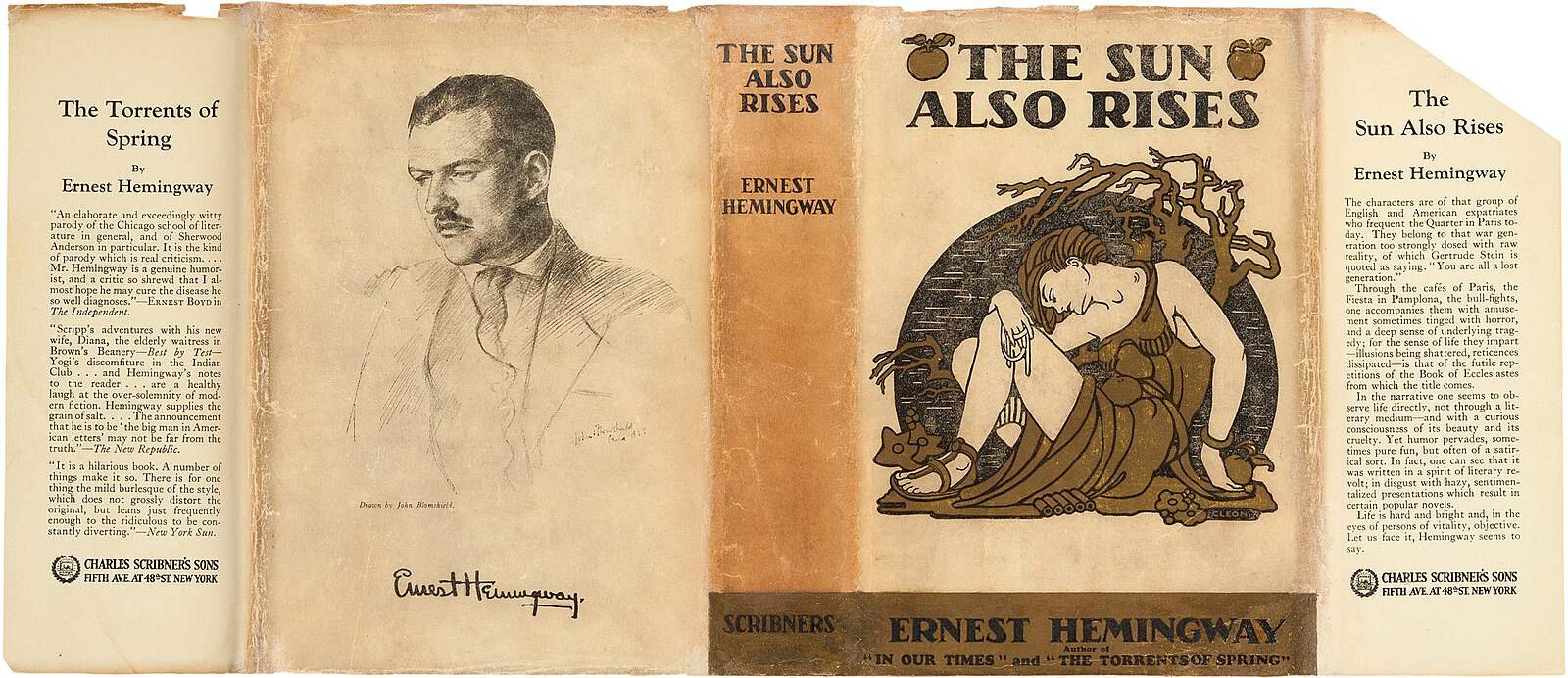
Hemingway’s frank depictions of war’s brutality, his support for leftist anti-fascist Republicans during the Spanish Civil War, and the implied sexual content in his work led the Nazis to target this famous American author. In particular, it is possible that “The Sun Also Rises” was condemned because of its portrayal of disillusioned young people, which could have been seen as a threat to the Nazi ideology of national strength.
“Martin Eden” by Jack London

Published in 1908, this semi-autobiographical novel is about a poor but educated seaman who obsessively pursues literary fame. “Martin Eden” is considered by critics to be London’s attack on individualism and ambition. As with two other London books, “The Star Rover” and “The Iron Heel,” this book was condemned by the Nazis for its collectivist undertones.
